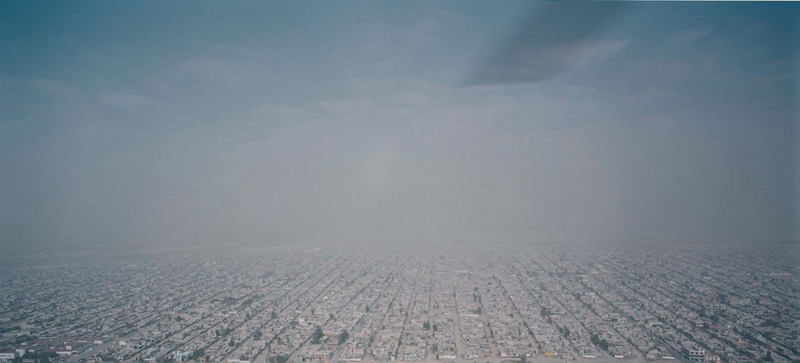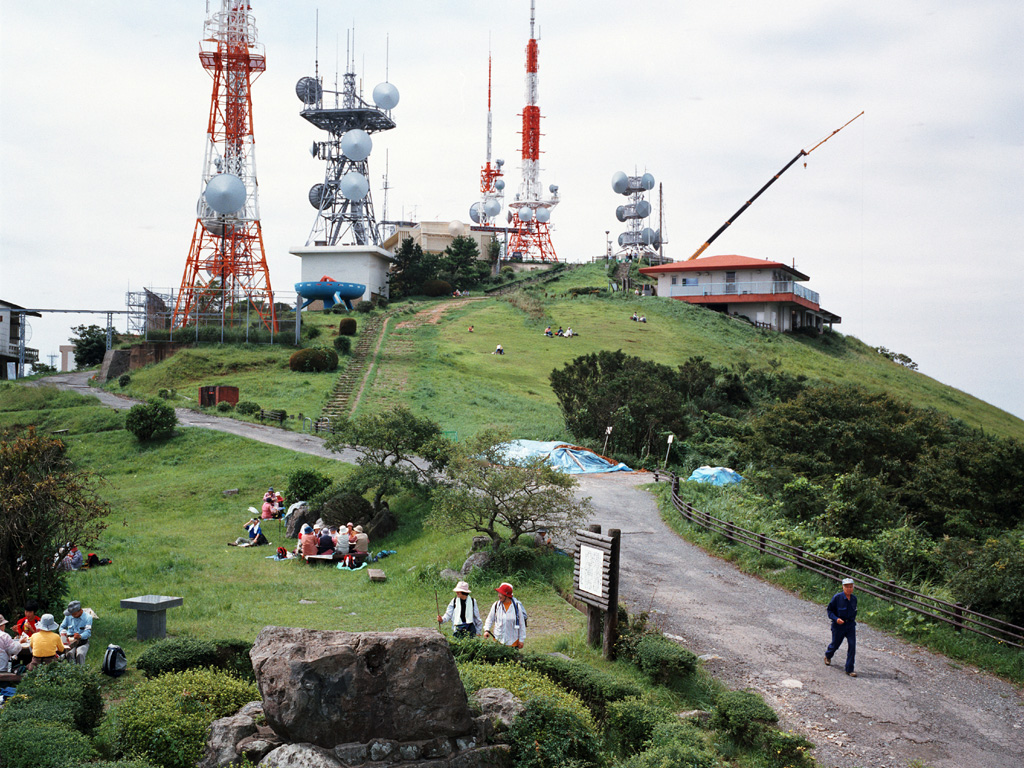CHAPTER II: PRIMARY ELEMENTS AND THE CONCEPT OF AREA The Study Area Armin Linke (born 1966, lives in Berlin) combines a range of contemporary image-processing technologies to blur the borders between fiction and reality. His artistic practice is concerned with the interrelations and transformative powers between urban, architectural or spatial functions and the human […]
CHAPTER II: PRIMARY ELEMENTS AND THE CONCEPT OF AREA
The Study Area


Mountain with antennas Kitakyushu Japan
Armin Linke (born 1966, lives in Berlin) combines a range of contemporary image-processing technologies to blur the borders between fiction and reality. His artistic practice is concerned with the interrelations and transformative powers between urban, architectural or spatial functions and the human being’s interacting with these environments.


